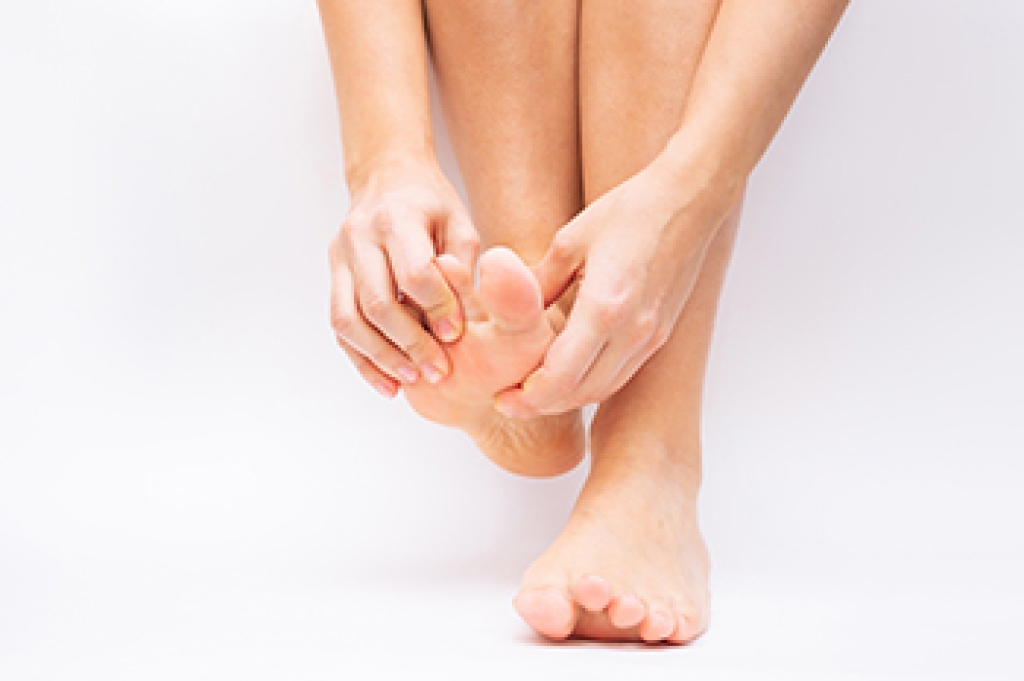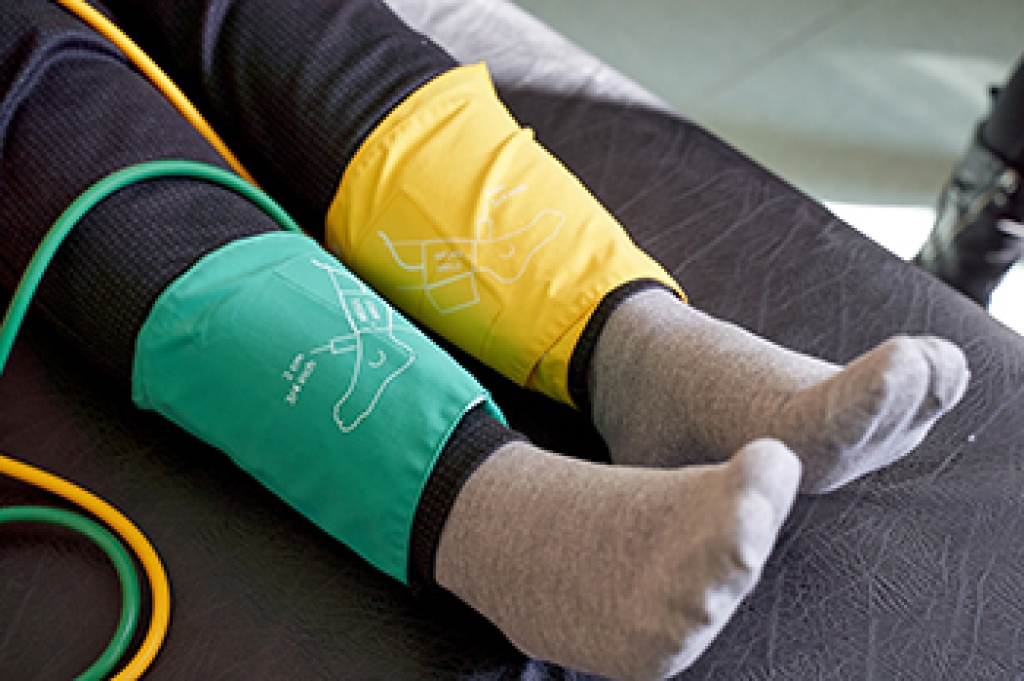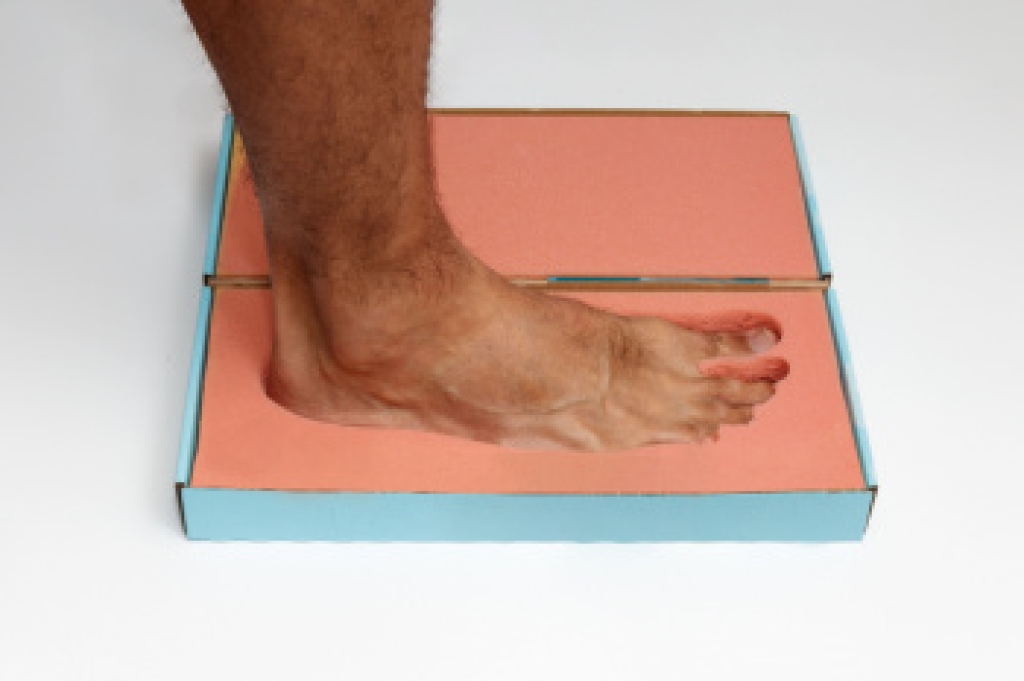
Hammertoe, a common foot deformity characterized by abnormal bending of the toe joints, can cause discomfort and limit mobility. Incorporating regular stretches into your daily routine can help alleviate tension and improve flexibility in the affected toes. One effective stretch is the toe extensor stretch, which involves gently pulling the affected toes upward and holding the position for several seconds to stretch the tendons and muscles on the top of the toes. Another beneficial stretch is the toe flexor stretch, where you interlace your fingers between the toes and gently press them together to stretch the toe joints and muscles on the bottom of the toes. Additionally, rolling a small ball or towel under the arches of your feet can help relieve tension and promote better toe alignment. By performing these stretches consistently and gently, individuals with hammertoes can enhance flexibility, reduce discomfort, and maintain better foot health overall. If you have hammertoe, and would like to know more about specific stretches to perform, it is suggested that you consult a podiatrist who can offer a tailored treatment plan.
Hammertoes can be a painful condition to live with. For more information, contact one of our podiatrists of New Tampa Foot & Ankle. Our doctors will answer any of your foot- and ankle-related questions.
Hammertoe
Hammertoe is a foot deformity that occurs due to an imbalance in the muscles, tendons, or ligaments that normally hold the toe straight. It can be caused by the type of shoes you wear, your foot structure, trauma, and certain disease processes.
Symptoms
- Painful and/or difficult toe movement
- Swelling
- Joint stiffness
- Calluses/Corns
- Physical deformity
Risk Factors
- Age – The risk of hammertoe increases with age
- Sex – Women are more likely to have hammertoe compared to men
- Toe Length – You are more likely to develop hammertoe if your second toe is longer than your big toe
- Certain Diseases – Arthritis and diabetes may make you more likely to develop hammertoe
Treatment
If you have hammertoe, you should change into a more comfortable shoe that provides enough room for your toes. Exercises such as picking up marbles may strengthen and stretch your toe muscles. Nevertheless, it is important to seek assistance from a podiatrist in order to determine the severity of your hammertoe and see which treatment option will work best for you.
If you have any questions, please feel free to contact our office located in Wesley Chapel, FL . We offer the newest diagnostic and treatment technologies for all your foot care needs.




